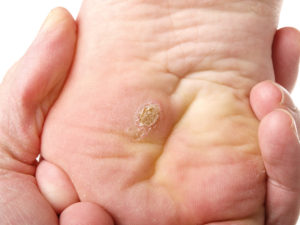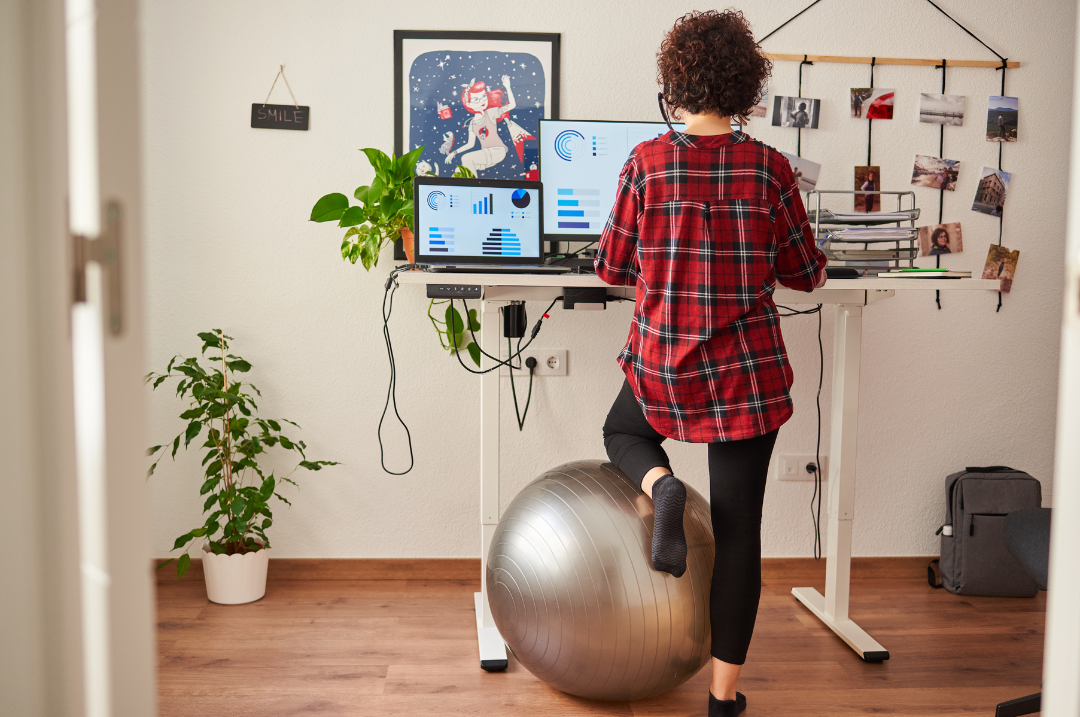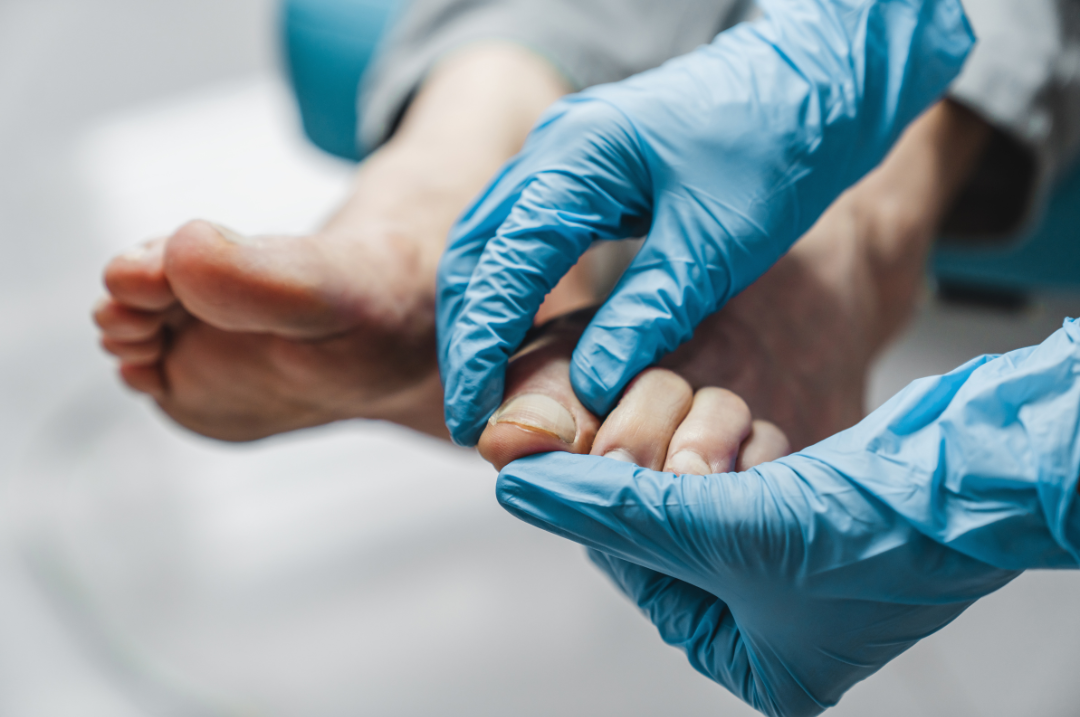Wart (Verruca) Surgery
A plantar wart, medically known as a verruca, is a virus (specifically, the Human Papillomavirus) that is often transmitted in our childhood years, though can be transmitted at any age. The virus infects the outer skin layer, causing a lesion to appear at the surface of the skin on the bottom of the feet.
A verruca tends to have a rough feel on the surface of the skin, may have an irregular (not always circular) shape and may have dark dots throughout the lesion, which are actually small blood vessels. While they are not always painful when pushed down on, they may elicit pain when squeezed from the sides. Warts may present as a single wart or in groups, and the sizes can vary greatly.
The only way that a wart can be successfully treated is by removing every infected cell in the wart. There are two ways of achieving this, the first is through stimulating the body’s own immune system, and the second is by surgical excision the entire wart.
To learn more about warts and what causes them, click here.
Dry Needling for Plantar Warts

Dry needling works by stimulating the body’s immune system to clear the infected viral cells. Because the virus is confined to the top layer of the skin (epidermis), it is thought that it is overlooked by the immune system and not acted upon or cleared.
Dry needling uses a very thin needle to repeatedly puncture the wart and push the infected cells into the deeper layers of the skin (dermis) so that it is detected by the body’s immune system. This triggers an immune response that results in the production of the right antibodies to clear the virus. Over the following week, the plantar wart undergoes a natural deterioration before ultimately disappearing.
The benefits of dry needling include:
- Only one session is usually required, unlike cryotherapy, silver nitrate or salicylic acid which requires multiple visits
- Done under local anaesthetic so that no pain is felt
- The procedure is completed simply in-clinic
- No need to take any additional time off work/school
- We monitor your progress to ensure good healing
- The reported success rates of dry needling are around 70%
The Procedure
- Local anaesthetic is administered, so the infected area is completely numb
- A hypodermic needle is used to repeatedly puncture the verruca
- A simple dry dressing is applied which must be kept dry for at least twenty-four hours
- The anaesthetic should start to wear off in two to three hours following the procedure
- After forty-eight hours, showering is permitted and life can continue as normal
There may be some slight discomfort for the first couple of days and pain relief may be taken to ease this as long as it is not aspirin-based. The site of the procedure will be checked by your podiatrist after two weeks to check healing and remove scabbing, and again after eight weeks to measure the degree of regression of the plantar wart.
Surgical Excision of Plantar Warts
The surgical excision of plantar warts works by removing the wart in its entirety from the top layer of skin in the foot. Essentially, the infected viral cells that comprise the wart are separated from the healthy, surrounding skin and the ‘scooped’ out of the skin. Surgery is typically indicated when the wart is present on a painful and high-pressure area of the foot, which in turns interferes with carrying out daily activities, causing you discomfort and pain.
The benefits of this procedure include:
- It’s a simple surgical procedure performed in-clinic
- Only one appointment and procedure is required, unlike other wart treatments that require multiple sessions
- The whole appointment takes less than 60 minutes, with the procedure time typically less than 20 minutes
- It’s performed under local anaesthetic so no pain is felt during the procedure
- It has good outcomes and efficacy compared to other treatments
- Because the wart is removed on the day, any pain or discomfort caused by the wart will be alleviated once the surgical site heals
- You will be able to return to work/school the day following the procedure, if not the same day, depending on the size and position of your plantar wart
- This procedure is safe for children as well as adults
- We monitor your progress to ensure it is healing well

The total recovery time typically takes up to four weeks, depending on the patient and the size and location of their plantar wart. There may be some slight discomfort for the first couple of days and pain relief may be taken to ease this as long as it is not aspirin-based. You will have a follow-up appointment within the first week of your procedure to re-dress the surgical site where you will be given a take-home dressing pack to continue re-dressing your foot at home. You will be given home-care instructions on how to care for your feet and achieve the best healing outcomes.
The Procedure
- Local anaesthetic is administered so the affected area is completely numb
- The edges of the wart are circumscribed, separating the affected viral tissue from the healthy surrounding tissue
- A curette is used to scoop out the plantar wart in its entirety
- The area is dressed appropriately for optimum healing
- The anaesthetic will wear off in two to three hours following the procedure
- After forty-eight hours, showering is permitted and life can continue as normal
As with any treatment for plantar warts, there is no guarantee that the wart will not return in the future, regardless of the treatment approach. This is because once infected, the HPV virus remains inside your body and may present as warts at different times in your life. Treatment focuses on removing painful, uncomfortable or unsightly warts that have a negative impact on your quality of life, and are successful in achieving this for the specific wart in question.








